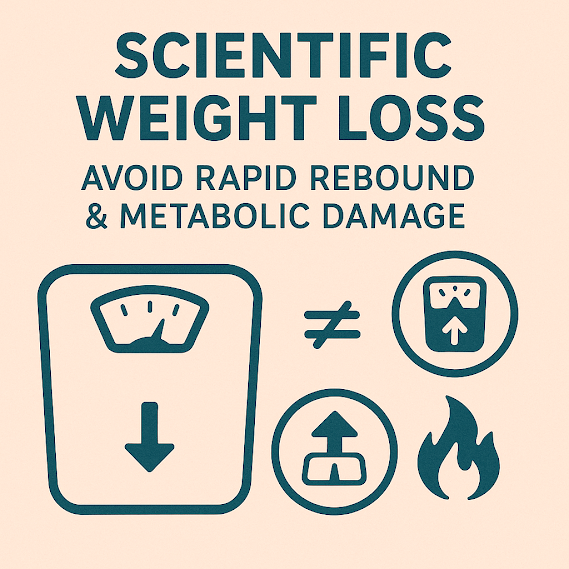The Hidden Dangers of Plastic Wrap Weight Loss
The plastic wrap weight loss method involves wrapping body parts (like the abdomen or thighs) in cling film to increase localized heat and induce excessive sweating, supposedly "burning fat." However, this approach mirrors the effects of diuretics—it sheds water weight, not fat—and poses serious health risks.
1. It Only Loses Water, Not Fat
Wrapping areas in plastic causes intense sweating, leading to temporary water loss. While the scale might drop, the weight rebounds once you rehydrate. This is similar to saunas or wearing sweat suits during exercise—no real fat is burned.
2. Risk of Skin Irritation and Infections
Trapped sweat under plastic wrap creates a breeding ground for bacteria, increasing risks of:
- Eczema
- Folliculitis
- Allergic reactions (due to chemicals in low-quality wraps)
Skin can’t breathe or cool down, disrupting natural thermoregulation.
3. Disrupts Enzyme Activity
Fat metabolism relies on enzymes that function optimally at 35°C–40°C (95°F–104°F). Overheating from plastic wrap can damage enzyme activity, slowing fat breakdown instead of accelerating it.
4. Toxin Exposure
Low-quality plastic wraps may release harmful chemicals when heated by body sweat. These toxins can seep into the skin, posing long-term health risks.
Healthy Weight Loss Tips (Without the Gimmicks)
1. Stay Hydrated
Drink 8 glasses of water daily to support metabolism and curb false hunger signals.
2. Track Calories Mindfully
Use apps or journals to monitor intake. Focus on nutrient-dense foods rather than restrictive diets.
3. Opt for Single-Serve Portions
Studies show people eat 44% more from large packages. Choose smaller packs to avoid overeating.
4. Curb Pre-Meal Hunger
Snack on an apple, a handful of nuts, or Greek yogurt 1 hour before meals to prevent overindulging.
Key Takeaway:
Sustainable weight loss requires burning more calories than you consume—not gimmicks. Prioritize balanced nutrition, regular exercise, and hydration.











Comments
Post a Comment